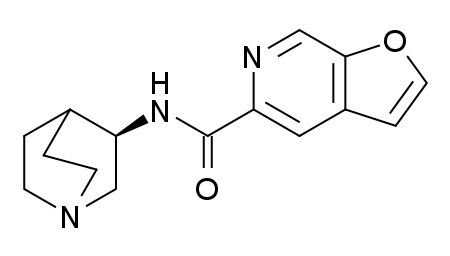Bioplastics: Paving the Way to a Sustainable Future?
Are bioplastics the key to a sustainable future? Discover what bioplastics are, how they are made, the different types available, and their potential to reduce carbon emissions and plastic pollution.

As we become increasingly aware of the detrimental impact of single-use plastics on our environment, the search for sustainable alternatives has gained momentum. One such alternative that holds great promise is bioplastics.
Bioplastics are a category of plastics derived from renewable sources, such as plant-based materials or biomass. Unlike traditional plastics that are derived from fossil fuels, bioplastics offer a more sustainable alternative that reduces our reliance on finite resources.
What are Bioplastics?
Bioplastics are a category of plastics derived from renewable sources, such as plant-based materials or biomass. Unlike traditional plastics that are derived from fossil fuels, bioplastics offer a more sustainable alternative that reduces our reliance on finite resources.

There are different types of bioplastics available in the market today. PLA, as mentioned earlier, is the most widely used and recognized bioplastic.
Other types include polyhydroxyalkanoates (PHA), which are produced by bacteria through the fermentation of organic materials, and polyethylene terephthalate (PET) derived from renewable sources.
Full cycle bioplastics are a specific type of bioplastics that go beyond just being made from renewable sources. They are designed with the entire lifecycle in mind, from production to disposal. This means that full cycle bioplastics are not only biodegradable but also have a reduced carbon footprint compared to traditional plastics.
The Future Impact of Bioplastics

It's clear that bioplastics have the potential to change the future for the better in several ways. Their renewable nature reduces our dependence on fossil fuels, decreasing carbon emissions and mitigating climate change.
Bioplastics also offer a solution to the growing problem of plastic waste, as they can be biodegradable and compostable, reducing the amount of plastic pollution in our landfills and oceans.
Moreover, the development of full cycle bioplastics ensures that the entire lifecycle of the material is taken into account. By prioritizing biodegradability and reduced carbon emissions, these materials contribute to a more sustainable and circular economy.
One example of a bioplastic that is making waves in the industry is PHA. It has gained attention for its biodegradability and versatility, being used in applications ranging from packaging to medical devices.

Another notable example is the use of plant-based PLA in the production of disposable cutlery and packaging materials.






